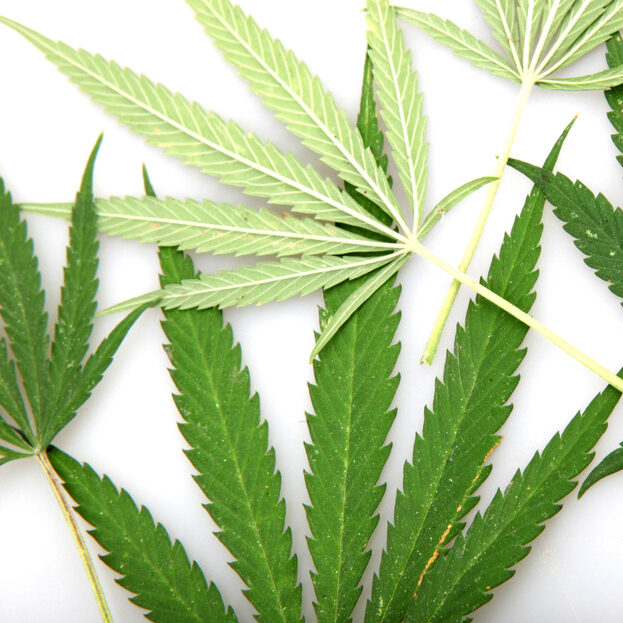It can be hard dealing with clinical depression, partly because the available treatments don’t consistently have a positive effect on everyone.
Therapy’s success and efficacy is largely dependent on the quality and knowledge of the therapist, and the honesty and willing cooperation of the patient.
Some patients and therapists don’t get along so it might seem daunting having to see several people before finding one that works. The problem you’re trying to treat, depression, can diminish your desire to find a treatment that truly works. The disease makes you complacent with your suffering and it’s horrible. Many people today seek alternative solutions to treat their depression. Many of these don’t fit the norm in the pharmacology industry. People use psychedelics and natural depressants like kratom and kava to treat their depressive symptoms and most other route psychological causes. Now that medical cannabis is legal in over half of the country, it’s becoming increasingly accepted as a viable treatment option for several medical concerns including clinical depression. Some patients attest to long term improvements in their lives once they start using it. They tend to view the world differently. Some sativa strains, however, are good at cutting people out of thought loops and fatigue that bogs them down and stops them from being fully functional. Others get equally beneficial effects from indica strains that soothe their minds and calm their central concerned systems. The ketamine depression treatments sound promising to some degree, but there doesn’t seem to be entirely much long lasting effects from the drug. It has to be continually re administered or the patient regresses back to their former state. That isn’t exactly the ideal solution for treating a disorder that causes someone to attempt suicide.
